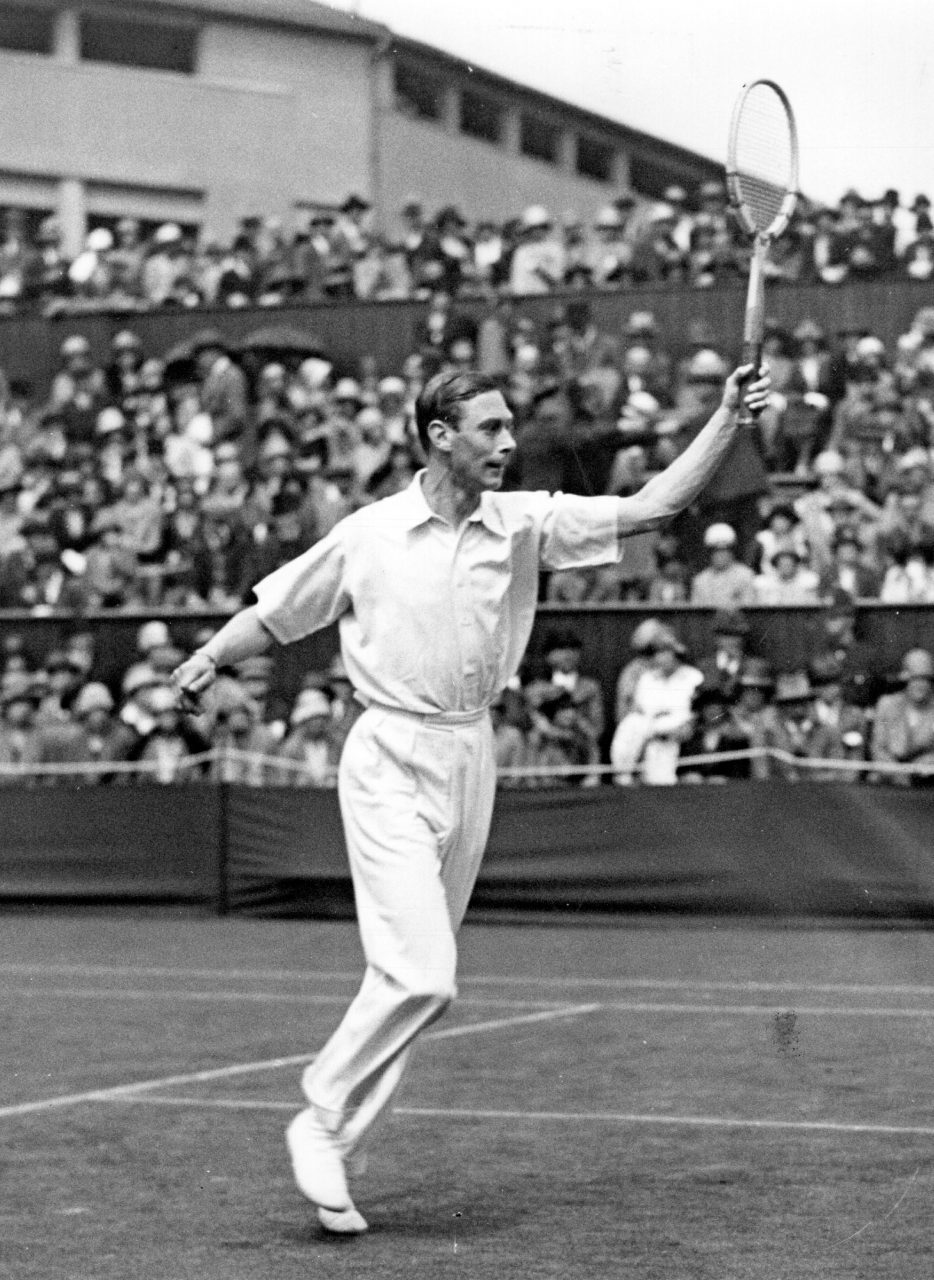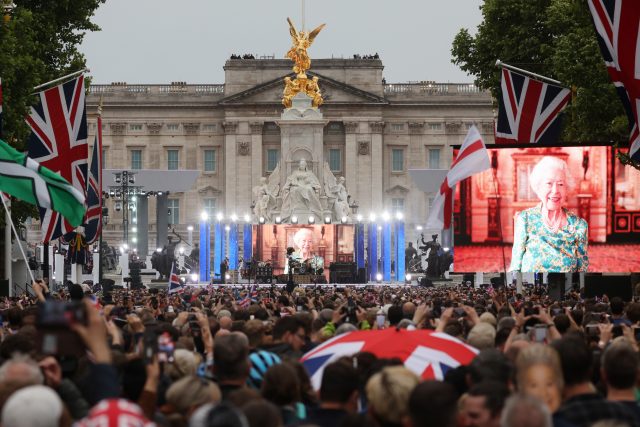Of the famous faces spotted at Wimbledon, perhaps the most crowd-pleasing ones belong to members of the British royal family. They have an open invitation every year to sit at the Royal Box, the most exclusive of enclosures (you must be invited by the chairman of the All England Club to sit in the section).
Throughout the years, Kate Middleton and Prince William have become regulars, as are Princesses Beatrice and Eugenie. What, exactly, draws the royals back to Wimbledon again and again each year?
Of course, some of it is a love of the sport—Kate Middleton played tennis growing up. It’s even rumored that she and William installed a $79,000 AstroTurf court at their country home of Anmer Hall. And the celebrity world is a small one: Middleton and William are close enough with Roger Federer that their children enjoy the occasional playdate together.
Yet the royal connection to Wimbledon is far more than a hobby shared by friends. Henry VIII was an early recorded tennis fan. He spent hours playing at his home of Hampton Court. (Although this game he played, court tennis, is quite different than the “lawn tennis” of Wimbledon.) The popularity and presence of the game ebbed, flowed, and morphed throughout the next few centuries in England. But in 1877, its cultural role was cemented when the All England Lawn Tennis and Croquet Club held a “lawn tennis meeting, open to all amateurs”—the first-ever Wimbledon.
It was also during George’s time that the tradition of bowing and curtsying to the Royal Box began. This was later largely phased out in 2003 by the club president, the Duke of Kent, who viewed it as anachronistic. (Still, exceptions are made for Queen Elizabeth II and Prince Charles. Andy Murray bowed to the Queen, who showed up to his match in 2010. He called it a “once-in-a-lifetime opportunity.”)

The Duke of York, later King George VI, playing at Wimbledon in 1926.
Photo: Hulton Archive via Getty Images
But the British royals didn’t just watch Wimbledon, they were in it: In 1926, the then-Duke of York (Queen Elizabeth’s father) played in the doubles tournament with his equerry. They lost in the first round.
A royal court: The Duke of York, the future King George VI, plays at the Wimbledon Tennis Championships in 1926 #TennisOnFilm pic.twitter.com/riimzS7Xla
— BFI (@BFI) June 27, 2017
For a few years in the 1940s, there was no Wimbledon due to World War II. The grounds were instead used by, among others, Britain’s Home Guard and fire and ambulance services. In 1940, Centre Court was bombed and about 1,200 seats were damaged. The tournament resumed in 1946, but they weren’t able to repair the court until 1947.
With the end of the war and, a few years later, the death of King George VI, Queen Elizabeth became the royal face of Wimbledon. She was appointed as patron in 1952, although she didn’t seem to take to the role much—her 2010 visit to watch Murray was her first in 33 years.
However, Prince Edward, Duke of Kent, inherited the family’s love of the game. After years playing the sport, he became president of the All England Lawn Tennis and Croquet Club in 1969. He presents the trophies to the champions every year.
Queen Elizabeth watching Andy Murray in 2010.
Photo: PA Images via Getty Images
When Kate Middleton entered the royal fold, she became a staple at the annual tournament. In one of her first post-wedding appearances in 2011, she was spotted enthusiastically doing the wave, much to the amusement of Prince William. She also frequently brings along her sister, Pippa Middleton, and mom, Carole.
In fact, Kate Middleton loved Wimbledon so much that, after doctors told her she could “definitely not” attend in 2013 because she was heavily pregnant with Prince George, she wrote Andy Murray an apology note. “I wrote to him afterwards saying sorry for not being there, but huge congratulations,” she said in the BBC Documentary Sue Barker: Our Wimbledon.
Why such avid devotion? “It’s such . . . a quintessential part of the English summer, and I think it really inspires youngsters; myself, it inspired me, when I was younger, to get involved in the game. It hasn’t changed either, I think that’s what’s so wonderful,” she said.
The Queen took note—in 2016, after 71 years, she gave her patron role to her granddaughter-in-law.
So, as the tournament kicks off in earnest this week, make sure to watch the match and the Royal Box.
Read Next
The 8 Biggest Moments From The Platinum Jubilee Party At The Palace
Editor
Elise TaylorCredit
Lead image: Daniel Leal-Olivas via Getty Images


